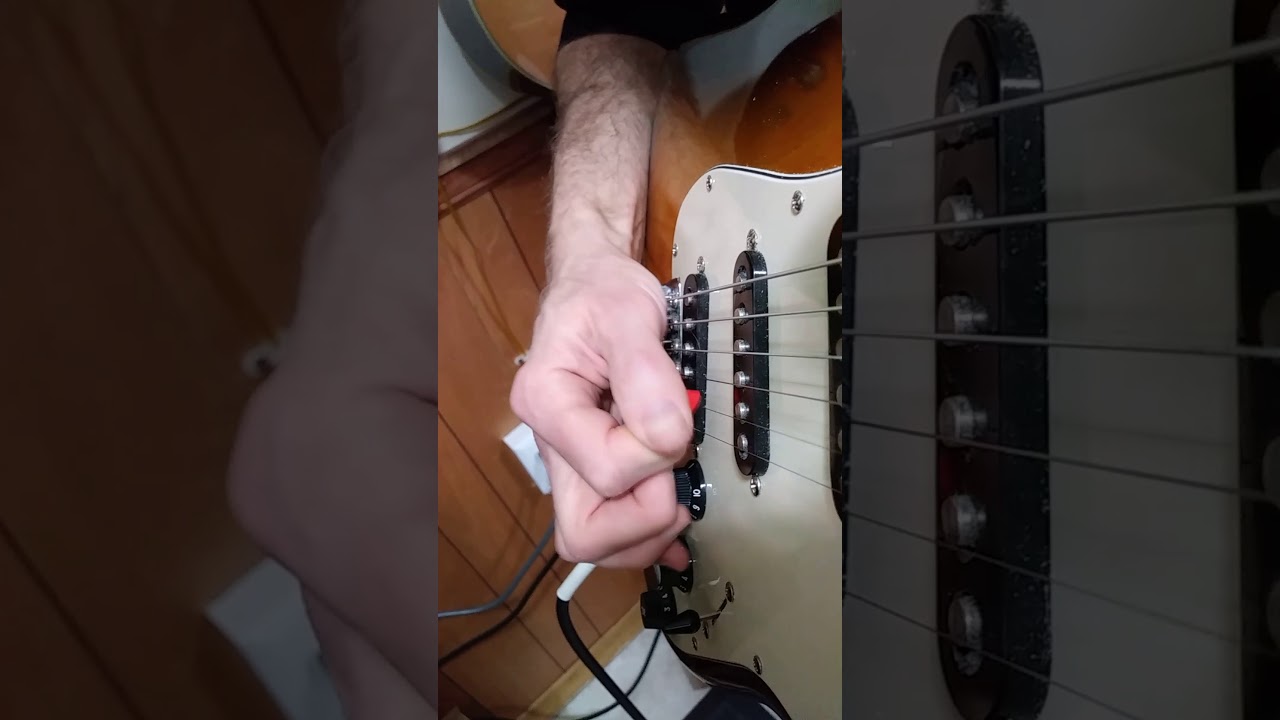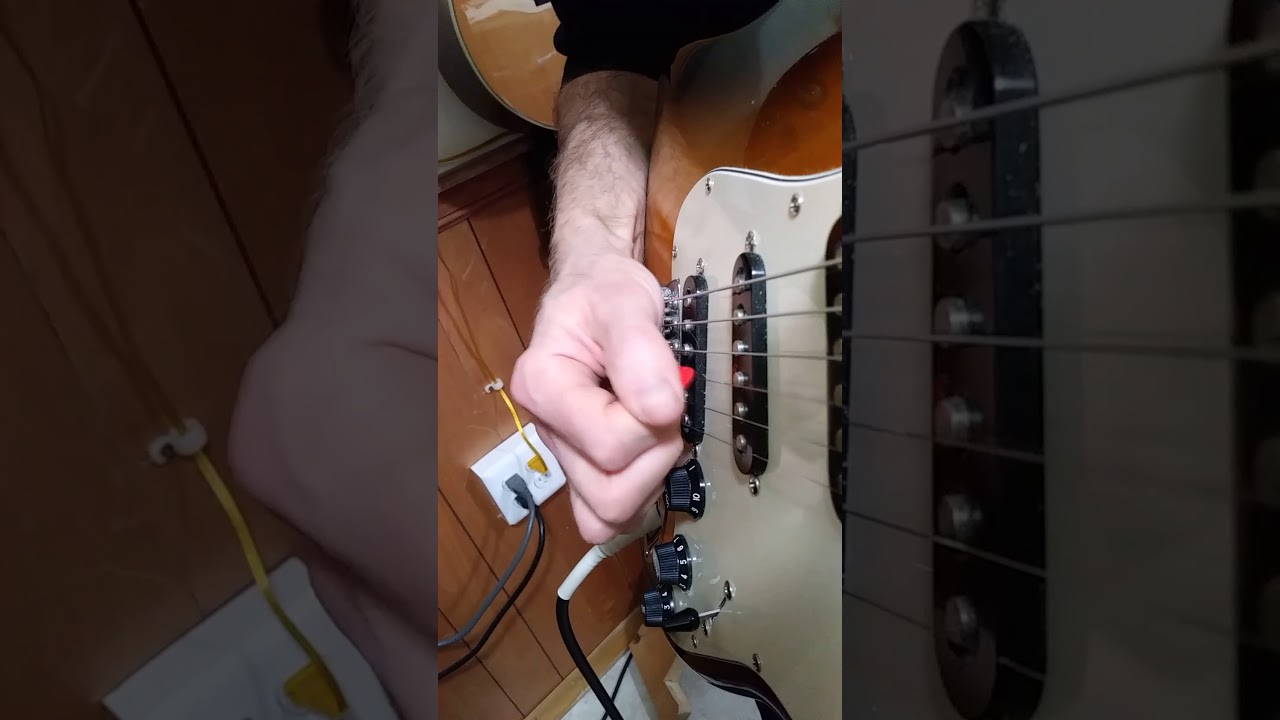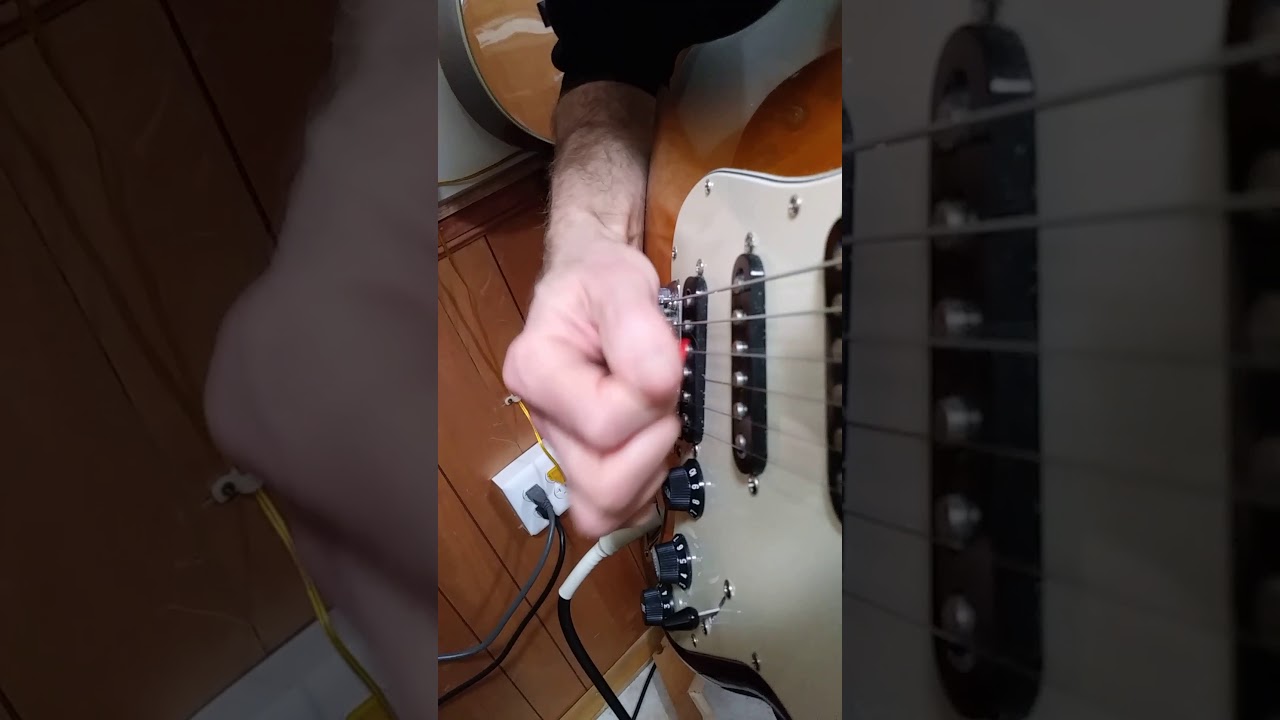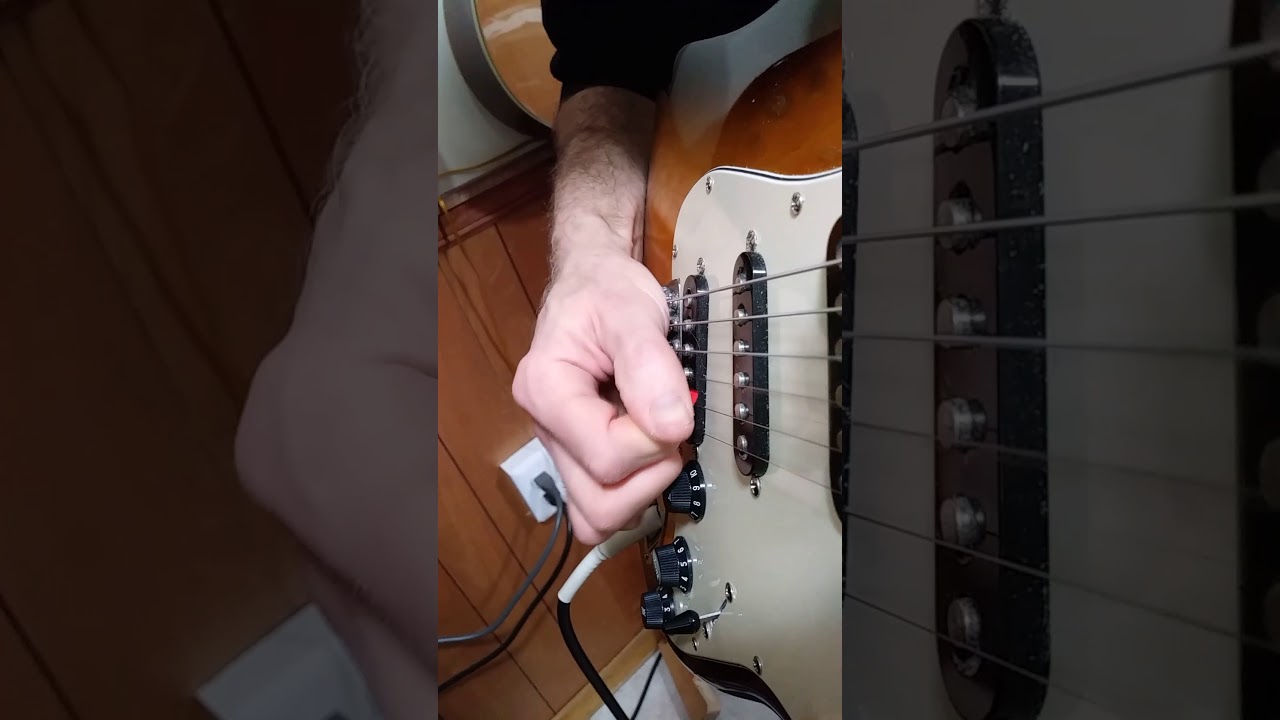@RobertFlores inspired me to get visual. So… I’ve been working both on tremolo and a piece of @tommo’s Sixes etude. Here’s my tremolo at 120bpm (all these vids are sextuplets, so in a sense we’re really talking straight 16ths at 180, right?..)
Pretty hiccupy. Hard to hear the metronome in the background, but take my word for it that my timing’s not good. Notes are uneven, too.
So I tried it at 112bpm too…
Takes a second to hit my stride, but much better - and much more comfortable, physically. It feels way better than the first, faster one.
[As for those ‘garage spikes’ you pointed out, @Troy, I guess they haven’t completely disappeared yet - I saw on film how my pick is struggling to get through the string on the downstroke - but I think it’s somewhat better. I think I had too much pick edge; trying now to present a flatter pick to the string. Maybe that’s what you meant by straightening the thumb…?]
Next, the Sixes. 112bpm seemed like a decent bet:
Well, I feel like I’m holding on for dear life. I’m altering the pick angle during string changes, too. This felt much better:
That’s at 92bpm. I know, that’s pretty slow for CTC’s neighborhood - but (I think) I’m not hopping, and that’s what counts, right? Definitely feels more under control and sustainable.
So here’s my question… Each thing had a faster speed that was sloppy and a slower speed that sounded and felt better. Do I force myself to work at the faster speeds? Or do I stay with the slower ones, with lots and lots of reps until they speed up naturally on their own?







 on this post.
on this post.